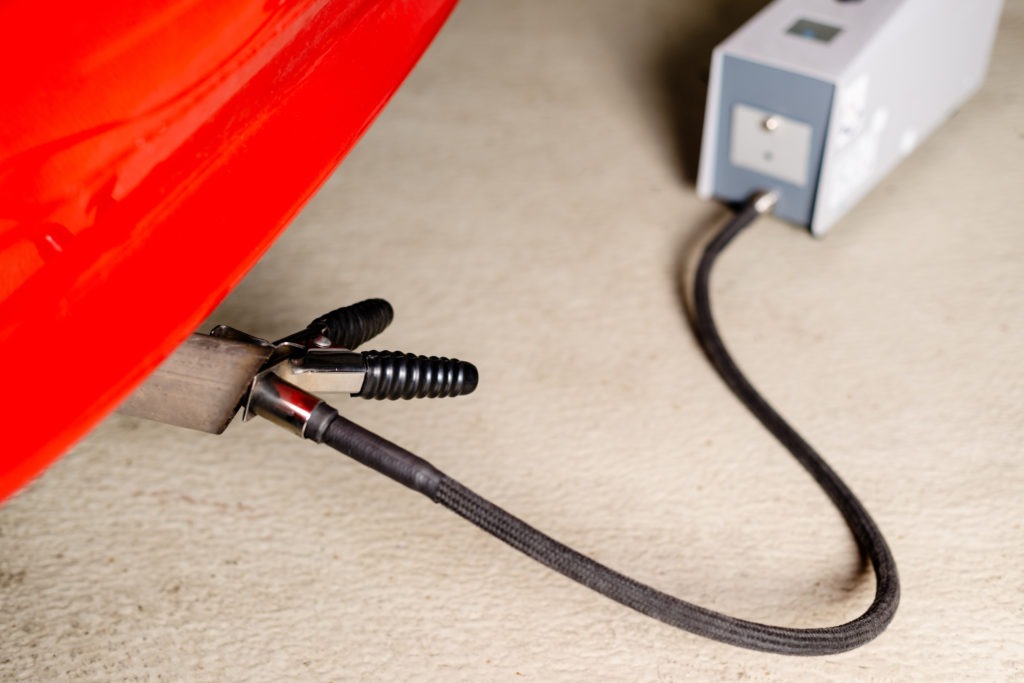ACEA prepares for consumer confusion on WLTP
28 April 2017

28 April 2017
Vehicle manufacturers and the European Automobile Manufacturers Association (ACEA) are gearing up for the introduction of the Worldwide Harmonised Light Vehicle Test Procedure (WLTP), introduced following the emissions scandal of 2015. From September 2017 the new test will apply to all new types of cars introduced to the market, with every vehicle becoming applicable for testing one year later.
While the industry is aware of the changes, the consumer press has only recently picked up on the move away from laboratory only NEDC tests. With the potential of confusion amongst drivers, Erik Jonnaert, Secretary General of ACEA, has made it clear that consumers may come across two different values for emissions figures as manufacturers switch from NEDC to WLTP after September 2017. In order to maintain transparency, especially concerning the issue of how WLTP will be integrated in car labelling, Jonnaert suggests that EU member states go for a ′one shot’ introduction.
In a statement, Jonnaert says: ′[This means] communicating only WLTP-based values in consumer information as of 1 January 2019. This also means that member states will need to implement WLTP in a harmonised way across the board. The European Commission has already started providing guidance and recommendations on this to the national governments, something the industry welcomes.’
There will also be issues surrounding how EU countries apply taxation to vehicles based on values from WLTP, which will be higher for specific vehicles compared to laboratory tests. Jonnaert states that governments ought to make sure that the switch will not lead to increased taxation of the same vehicles, especially as tests will not impede performance.
The test is seen to help restore trust in emissions testing following the Dieselgate scandal when Volkswagen was found to be fitting devices to cheat laboratory tests. ACEA wants to ensure that consumers are fully aware of the changes and have therefore set up a website to explain the differences and what they may mean for emission reading in the future.